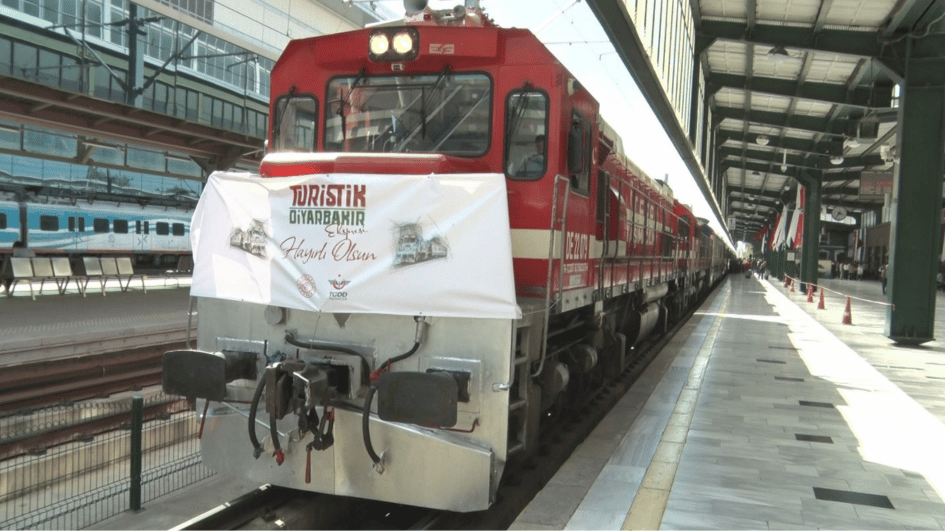‘Homeland’ journal: the CIA’s headscarf initiative
TAYFUN ATAY
(Spoiler alert: Those who have not watched the 2nd and 3rd seasons of Homeland should not read this!)I guess the most interesting surprise of the popular American drama-thriller television series “Homeland” in its new season has been popping up a covered Muslim woman in Langley (the Central Intelligence Agency’s (CIA) Counterterrorism Center in Langley, Virginia).
The series had been criticized for lack of in-depth knowledge on Islamic organizations and also for being Islamophobic. I think that the first one is partly correct but I do not agree with the second one.
It is true the series views Islam as a block and demonstrates several weaknesses in distinguishing between inner-Islam dissimilarities. In previous seasons, it did show al-Qaida and Hezbollah hand in hand and arms in arm, for example.
In this regard, there is a problematic start also in the new season: Behind the massacre carried out by the leader of al-Qaida, Abu Nazir in Langley resulting in the death of 219 CIA staff including the director of “counterterrorism,” Iran is being pointed out. Whereas, Iran does not like al-Qaida; they are rivals and enemies within the scope of Islam. It was not very convincing that they would conduct a joint operation.
However, I think that Islamophobia is neither an overt or covert theme in “Homeland.” The series is a plot on the struggle between the al-Qaida terrorism and CIA counterterrorism. Here, an abundance of components that would seem Islamophobic at first glance certainly appear. However, when watched carefully, it can be understood that this is the building of a plot to depict the general-mass Islamophobic perception, moreover aiming for a self-confrontation. Islamophobia is not encouraged in the series; it is being exposed.
And now, the most outstanding example of this is the new character, the CIA’s covered Muslim employee Fara Sherazi (Nazanin Boniadi). She is an international banking expert and because she has Iranian roots she speaks Persian. Fara Sherazi has been appointed by the new director of the counterterrorism unit, Saul (Mandy Patinkin) to detect the financial resources behind the Langley attack. And she has come a long way on deciphering the relationship between American financial institutions and Iran-associated resources that provided financial aid to Abu Nazir to prepare the infrastructure to the attack in Langley.
However, Fara could not convince the CIA staff she has just joined of her sincerity. The headscarf she is wearing made her do the “hate walk” among people who regarded her both with suspicion and rage. What those eyes looking at her implied was, in one word, Islamophobia.
This implication is shaped in flesh and bones with these words of Saul when he harshly voices his expectation of her while he refers to her headscarf as “one big f***-you to the people who would have been your co-workers, except they perished in the blast right out there.” He adds that if she needs to wear the headscarf, then this is her right but suggests that the only way for Fara to win acceptance at the agency and respect from him is to connect the money that was used to finance the attack on Langley to Iran.
While listening to these words and afterward, tears fell from Fara’s eyes. Most probably, the agony suffered in “persuasion rooms” had never reached this extent. (Persuasion rooms were a mid-1990s practice in several Turkish universities where headscarf-wearing female students were taken to special rooms in an effort to convince them to uncover their heads - editor’s note)
No doubt Fara has added a new breath to “Homeland.” Obviously the series wants to thoroughly bust the Islamophobia ghost with her, and maybe wants to open the door slightly to “Islamophile.” Let’s see where the plot takes us.
Tayfun Atay is a columnist for daily Radikal in which this piece was published on Oct. 10. It was translated into English by the Daily News staff.











